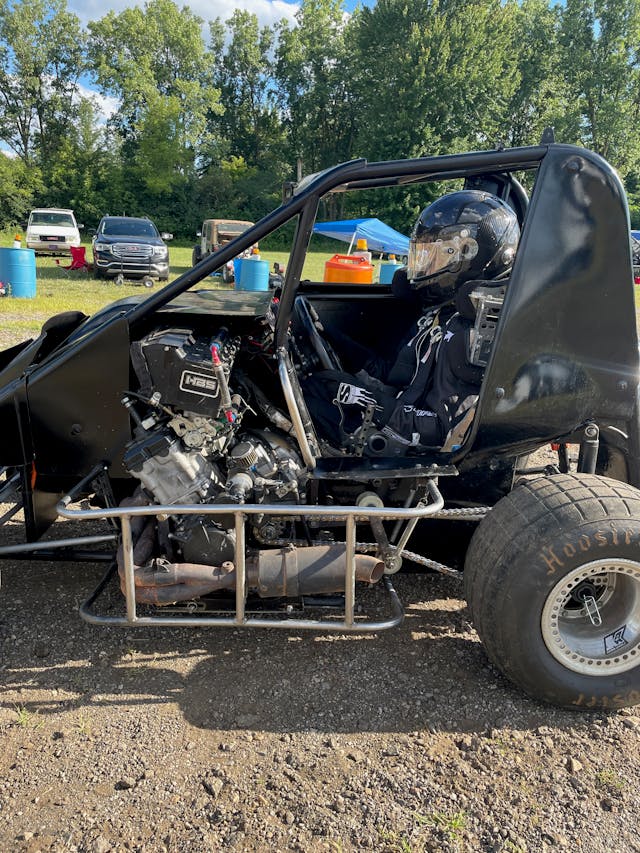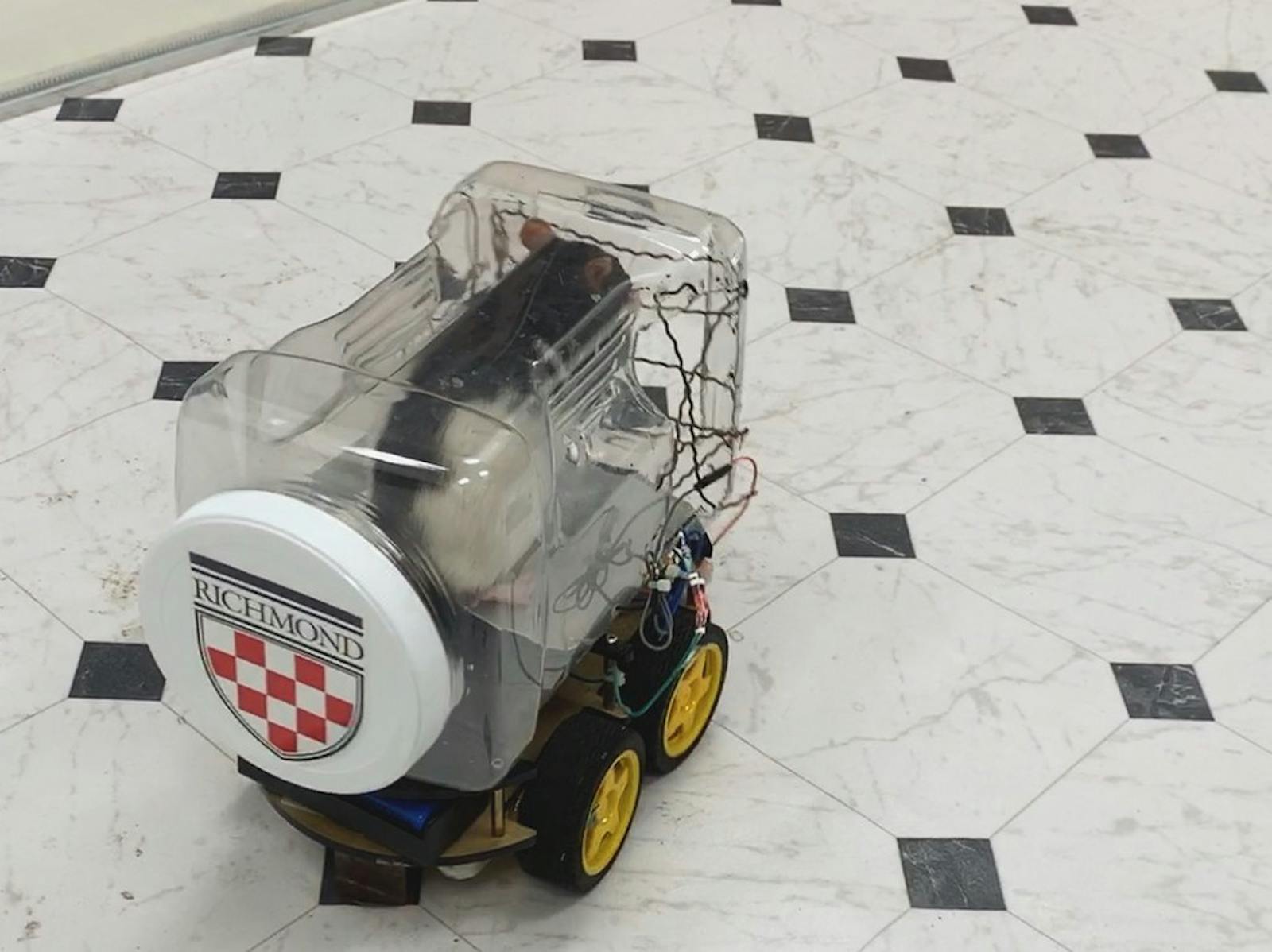Never Stop Driving #12: Do robots lust for sports cars?
My favorite news of the past week is Bloomberg’s report that Apple hired engineer Luigi Taraborrelli away from Lamborghini. According to his LinkedIn page, Taraborrelli last led the Italian firm’s vehicle dynamics department, which meant he was responsible for how the cars felt from behind the wheel.
Chassis engineers are the chefs, usually working unseen, who have an intangible gift for knowing how a car should feel, a trait us car freaks call “handling.” They’re generally hardcore enthusiasts and tune a car by concocting a recipe of suspension parts. In my three decades of covering the car industry, I’ve watched car-company executives alternatively embrace and ignore handling and the folks who can deliver it. The enthusiast in me wants to believe that if a company focuses on satisfying those who love to drive, even those who just want a car to get them to work but who can subconsciously tell the difference, then that car company will thrive.
I’m not sure that’s the case, but you can tell when the people running a car company are enthusiasts. Back in the Nineties, when Bob Lutz had sway at Chrysler, when he championed the Dodge Viper, all of the corporation’s cars felt responsive and crisp. The cheapest car Chrysler made back then, the Neon, was frequently raced. I’m curious to see how Ford evolves now that Jim Farley, who is definitely one of us, runs the ship. Ford had over a decade of CEOs who I don’t think understand handling, which is possibly why the last Explorer I drove felt more like a minivan than a minivan (our folks report that the Explorer is already improving).
So back to Apple and Mr. Taraborrelli. The company behind the smartphone is cagey about its autonomous vehicle program. A good engineer solves problems, so there may not be anything to this development other than a company hiring an experienced and capable problem solver. Apple is particularly deft at producing lust-worthy products so I’m taking this move optimistically. Perhaps Apple believes there’s a transition product between today and full autonomy. Perhaps it wants to deliver a car that can drive itself yet also be fantastic to drive. Perhaps I’m being a fool, again.
A recent report in the trade publication Automotive News highlighted the need for a coordinated regulatory approach to standardized vehicle-to-vehicle (V2V) communication protocols. The ability for cars to talk to each other and to their surroundings has long been cited as a need for autonomous vehicles. The industry, however, seems unable to agree on a common architecture. Our own Aaron Robinson reported in his update on AV development that the U.S. government sold a portion of the wireless spectrum it had set aside for V2V communications. That was yet another signal that the bold proclamations of driverless fleets were wildly optimistic. Automotive News also reported that GM’s autonomous vehicle division, Cruise, lost $500 million in the second quarter, over $5 million per day.
That sounds bad, I know, but any emerging industry yields massive winners and losers. We know Andrew Carnegie won in the early days of the steel industry, accumulating so much wealth that he later built opulent libraries in numerous rust-belt cities (What’s with the steel reference? I’ve been fascinated with the industry since I spent four years in college in Bethlehem, Pennsylvania, marveling at the belching and clanging Beth Steel plant. Here’s a thrilling read on the early days.) In any case, it’ll be a long while before we see which company or engineer wins the AV race. I should also mention governments, which definitely have a dog in this. Michigan, for example, passed a law to build an AV-only lane along a highway that joins Ann Arbor with Detroit.
THE LOWS AND HIGHS OF RACING
A few weeks ago, I shared that the engine in my son’s micro sprint race car was destroyed. It “blowed up” as the saying goes. I made a joke of it and didn’t really express what a crushing blow that was. We’d planned all winter to run the car and our racing season was already stymied by labor shortages at our local track that delayed its opening. The season was therefore truncated, and I knew that the time required to find and replace the motor, alongside the rest of life, could potentially write off the entire season. I am also well aware that my son is 13 and about to enter the stage of childhood when time with the old man is suddenly a whole lot less appealing.
You can’t just go to the local NAPA to buy a motor. They’re around but you need to know people. We’re new. But car people are usually wonderfully helpful and after asking around I was connected to someone who had an engine. Our car uses a four-cylinder motor from a Suzuki GSX-R600 motorcycle, which this gentleman had bought from a wrecked motorcycle years ago as a spare. He knew my situation and could have taken advantage by overcharging me. Instead, he asked for the same $800 he paid for it, admitted that he did not know if it would run, and offered a refund if the engine was bad. I thrashed for three late nights installing the motor, which thankfully worked.

Last Saturday, we entered a race at Jackson Raceway here in Michigan. My kid had only a few laps in the car so I told him we were not there to race but just for him to get acclimated while I stood trackside crossing my fingers to ward off more problems. Naturally he was slow, so slow that the only other kid in his class, yep, a class of two, lapped him during qualifying. Twice. Fine. We’re new. During the penultimate feature race, as my kid was about to get lapped, the other kid’s car broke. Ours stayed together. Sam took home a winner’s trophy.
I am so grateful for these machines and for the people who share our passion.
Have a great weekend!
Hear from me every Friday by subscribing to this newsletter.

